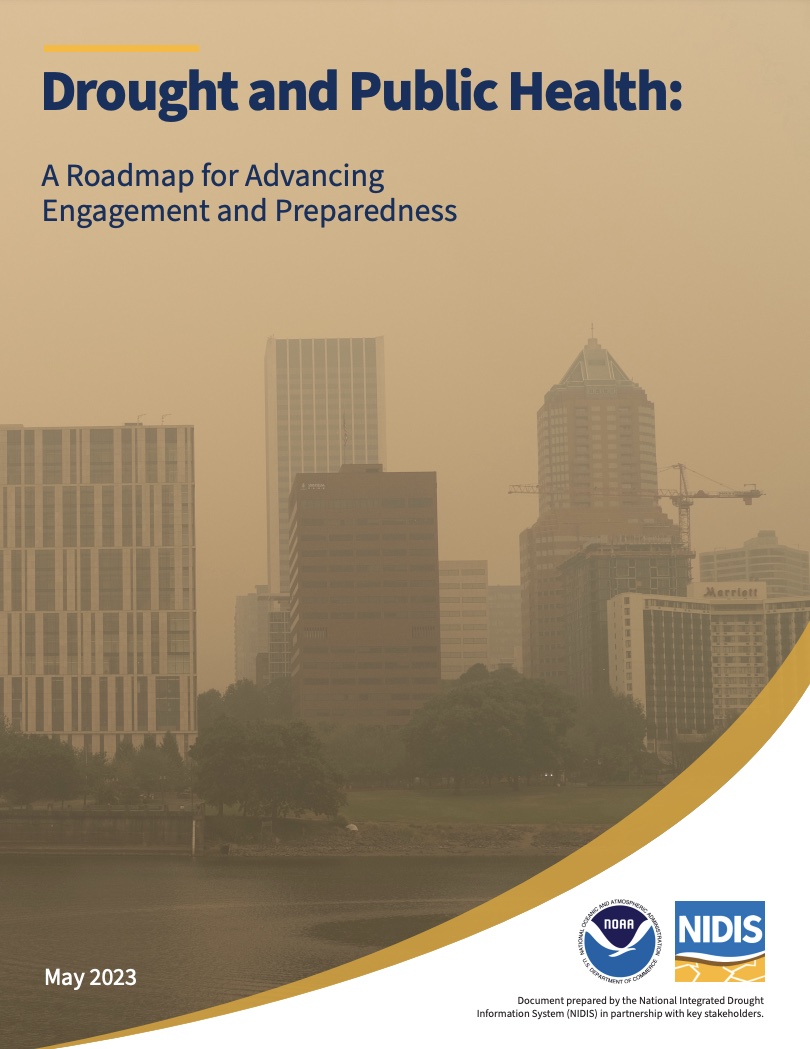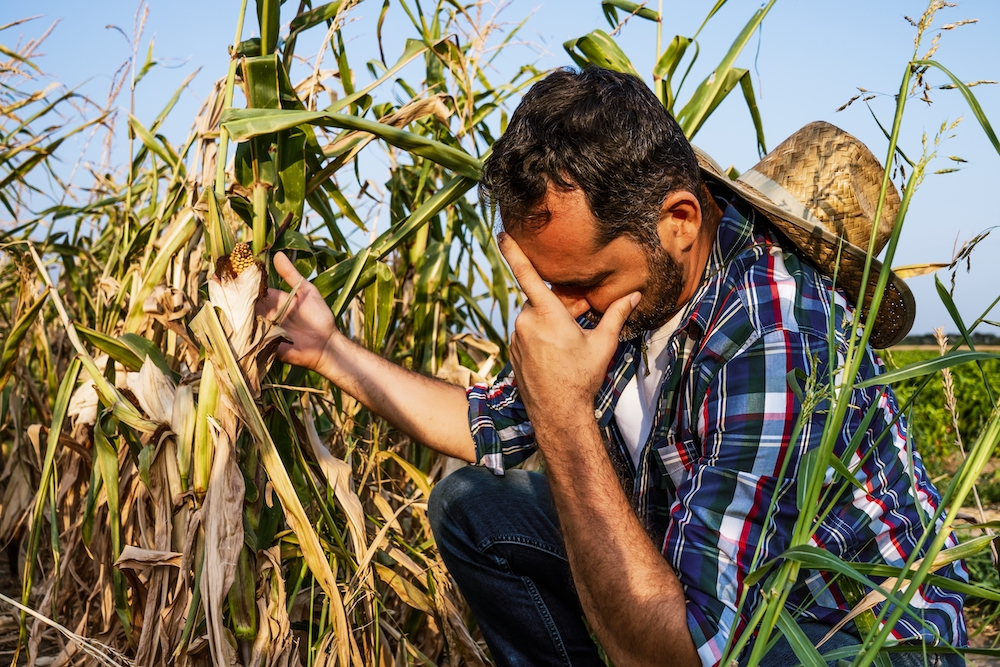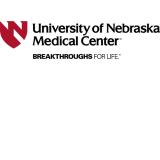New Roadmap Provides a Comprehensive Assessment of Drought & Public Health
Drought is one of the costliest and deadliest climate-related disasters in the United States, necessitating public health engagement at a national level. Although drought is not typically thought of as a health hazard, the pathways to human health outcomes are prevalent and numerous. To better understand these pathways and the actions that could be taken to reduce health impacts associated with drought, NOAA’s National Integrated Drought Information System (NIDIS) has supported the first comprehensive assessment of drought and health.

Over the last 5–10 years, drought’s effect on public health has become increasingly noticeable, such as during the historic California 2012–2016 drought. By 2018, the Centers for Disease Control and Prevention (CDC) had released 2 resource guides (and more resources since then) and completed the first Community Assessment for Public Health Emergency Response (CASPERs) for drought in 2015 in California.
Drought can cause significant human health outcomes—decreased water quality and quantity, increased incidence of illness or disease, increased mortality rates, and adverse mental health outcomes to name a few—that can challenge public health departments, emergency managers, and healthcare providers. Some health effects of drought are easy to observe and measure, but drought’s sometimes slow onset can result in indirect health implications that are more difficult to recognize.
In order to better understand and mitigate the public health impact of drought events, NIDIS and the University of Nebraska Medical Center (UNMC) co-led the development of Drought and Public Health: A Roadmap for Advancing Engagement and Preparedness. This Roadmap was informed by discussion and findings from a Drought and Public Health Summit and five regional workshops, which were held between 2019–2022. At these events, NIDIS and UNMC brought together drought and public health professionals to explore the state of drought and public health and discuss ways to properly prepare our nation’s public health agencies and organizations for the health hazards associated with drought, which, in turn, can reduce negative outcomes and save lives. At the regional level, this included a partner–led interactive agenda to share information on specific regional concerns such as mental health, issues with dust, and drought-heat events. To supplement the information shared during the regional workshops, and in response to workshop delays caused by the COVID-19 pandemic, UNMC also conducted one-on-one interviews with state health departments across the United States.
This Roadmap represents the culmination of knowledge gathering from those events and interviews. It provides insights into the connection between drought events and human health impacts with specific examples, and an overview of the principles of public health and engagement. Most notably, this report provides a list of key opportunities and recommended actions to advance drought and public health engagement and preparedness based upon extensive dialogue and feedback from academic and practitioner communities across drought and public health disciplines.
The Roadmap is intended to inform and direct future efforts and investments in drought and public health by Federal, tribal, state, and local agencies, with the goal of mitigating the public health impacts of drought events. We greatly appreciate all the partners who contributed their time and efforts to coordinate, inform, and participate in drought and public health workshops and interviews, which were essential in developing this document.

While the Roadmap was in development, NIDIS and partners have begun to take action to better prepare public health professionals for drought:
- Adding new Public Health Sector and Public Health Data and Map web pages to the U.S. Drought Portal (www.drought.gov).
- Better connecting public health professionals to NIDIS’ regional Drought Early Warning Systems (DEWS) through the regional workshops, which should improve drought preparedness and knowledge sharing.
- Supporting UNMC-led research investigating recent drought and Valley fever outbreaks, historical drought-related mortality events, as well as research through NIDIS’s Coping with Drought grant competition: Evaluation of Drought Indicators for Improved Decision-Making in Public Health and Emergency Preparedness: Reducing Drought’s Burden on Health. The latter project has greatly improved our understanding of the drought impact on mortality, morbidity, respiratory diseases, and mental health, such as psychosocial stress among U.S. farmers.
NIDIS looks forward to engaging with our partners on where we go from here to address the opportunities and recommendations identified in the Roadmap and sustaining the momentum of the drought and public health community we have created.






